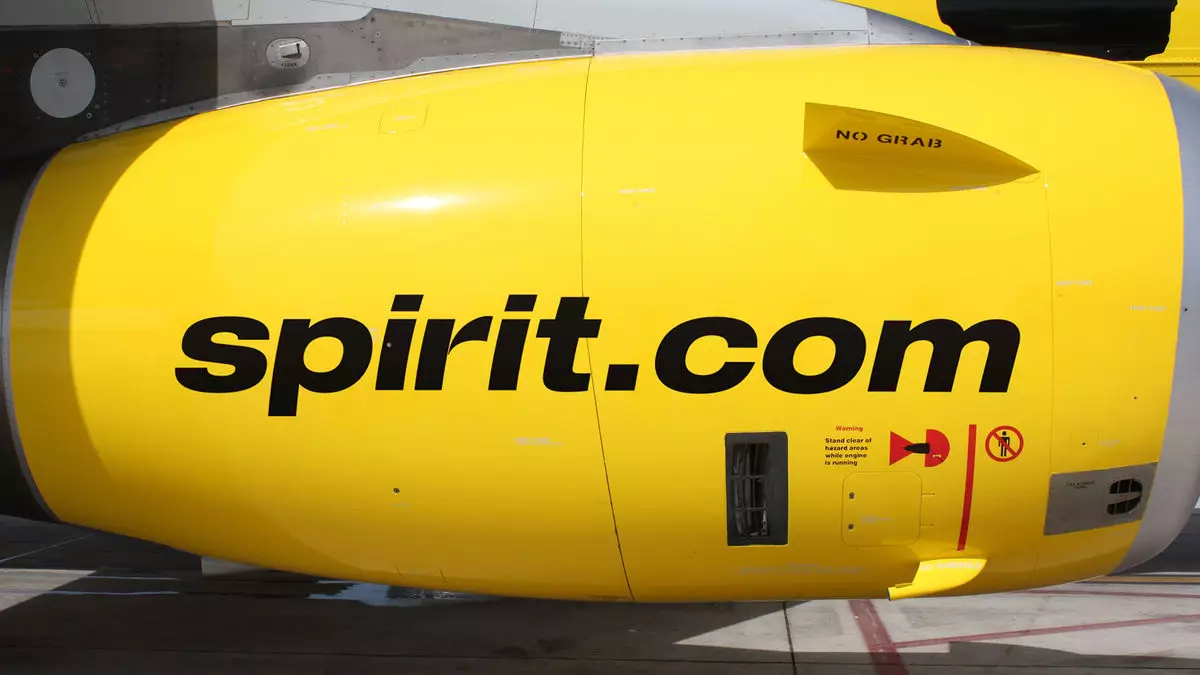The airline industry has long been characterized by a landscape peppered with mergers and acquisitions. Recently, Spirit Airlines found itself at the center of renewed speculation regarding its acquisition by Frontier Airlines. On February 4, Frontier presented a proposal that mirrored an earlier offer made on January 7. The terms included an infusion of $400 million in new debt to Spirit investors, in addition to providing them with a stake in Frontier’s common equity. Despite these seemingly attractive conditions, the Spirit Airlines board ultimately deemed the offer inadequate, particularly when weighed against its ongoing Chapter 11 restructuring plan.
Spirit Airlines is currently navigating the murky waters of Chapter 11 bankruptcy, having initiated this process as a means to reorganize its financial obligations. The company contended that Frontier’s recent offer fell short of delivering adequate value to its stakeholders compared to its own reorganization strategy. This decision reflects Spirit’s commitment to robustly manage its own affairs during bankruptcy, aiming for a complete overhaul that addresses financial exigencies rather than settling for a subpar acquisition deal.
Following the rejection of a counterproposal made by Spirit, Frontier indicated its unwillingness to alter any fundamental terms of their offer, citing the removal of the $350 million equity investment requirement as a “significant concession.” In the highly competitive airline sector, such standoffs are indicative of the intense negotiations that can ensue between competing carriers, each striving to bolster their market presence while navigating regulatory frameworks and stakeholder expectations.
Spirit’s decision to proceed with its restructuring plan, which is slated for judicial review before the bankruptcy court on February 13, speaks to broader implications for the airline industry. While mergers can often provide a quick fix for struggling airlines, the reality is that the intricacies involved can be fraught with challenges. Spirit’s choice to prioritize restructuring over acquisition may serve as a cautionary tale for other airlines contemplating similar paths.
Furthermore, the failed acquisition attempts raise questions about the competitive landscape of low-cost carriers. Prior to Frontier’s offers, Spirit had previously opted for a $3.8 billion acquisition by JetBlue, a deal that ultimately collapsed under the scrutiny of the U.S. Justice Department. The existing regulatory hurdles showcase the complexities inherent in airline mergers, suggesting that even financial offers that appear favorable can face significant legal and practical barriers.
As Spirit Airlines works to finalize its restructuring plan and emerge from Chapter 11 by March, the airline faces not only internal challenges but also an evolving competitive landscape. It must determine how it can strategically position itself in a market that has proven to be volatile and tumultuous. The ambiguous future may pave the way for new growth strategies or further partnership negotiations, which will require a careful balancing of ambition and prudence.
Spirit Airlines’ firm stance against Frontier’s proposal illustrates the complexities of airline mergers and the critical importance of aligning stakeholder value with strategic corporate goals. The resolution of Spirit’s restructuring plan could set a precedent for how airlines navigate financial recovery in the face of external acquisition offers, establishing a more defined path for others in the industry to follow.


Leave a Reply